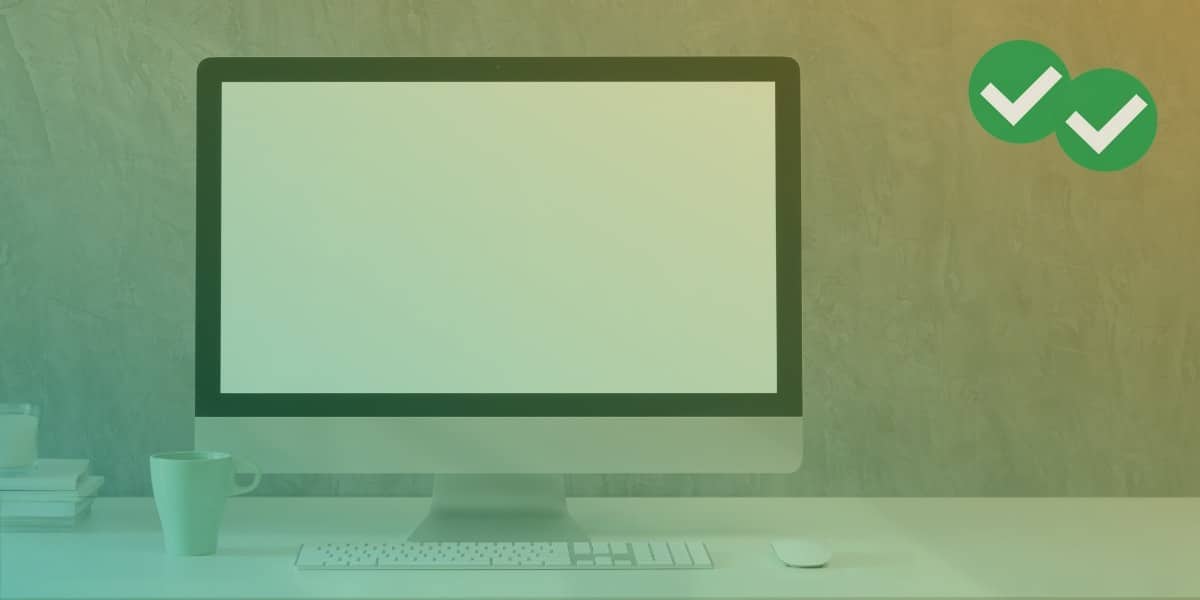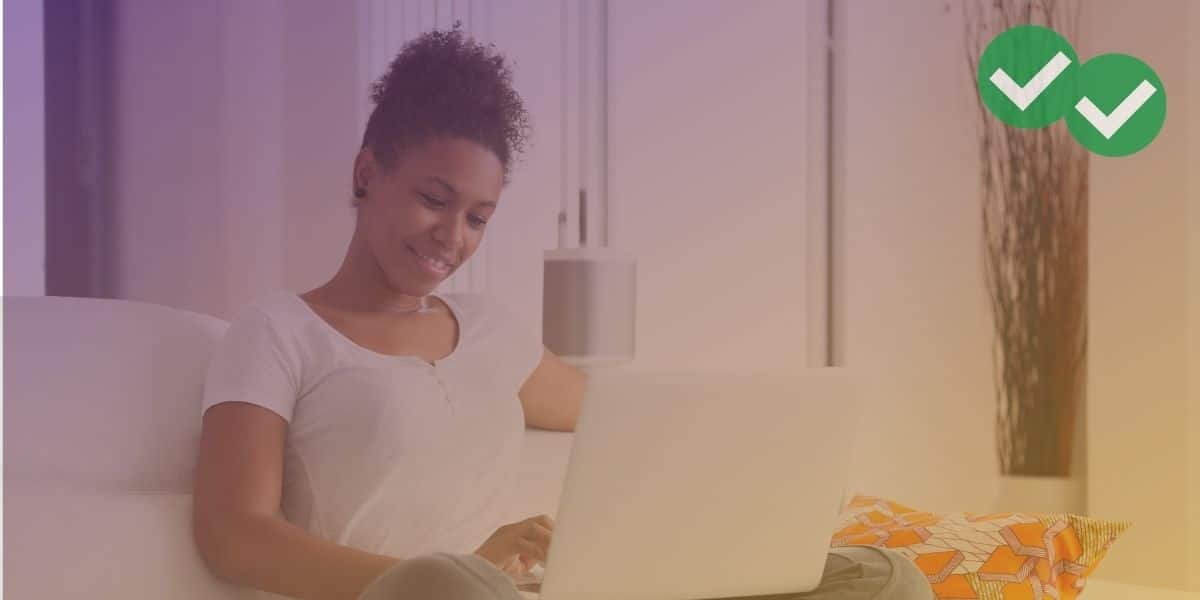
This post references the LSAT-Flex, which was offered through June 2021. As of August 2021, the LSAC is offering the remote LSAT instead. Though much of the below information is still relevant to the new remote LSAT, check out key changes to the remote LSAT to ensure you understand the differences!
LSAT test day can bring with it many uncertainties, and the LSAT-Flex is no exception. That’s why we’ve done plenty of investigation in order to get you the details on what to expect, including interviewing a student on his LSAT-Flex experience. Keep reading to get this student’s full LSAT-Flex review and tips for success.
Also, if you’re looking to tailor your prep for the LSAT-Flex, we’ve developed a free LSAT-Flex plan to help you get ready! Learn more in this post.
A Real Student’s LSAT-Flex Review
Having taken the LSAT in February, Marcos came into the LSAT-Flex with a good idea of what to expect in terms of test content and format. He had also received his law school acceptance, but wanted a higher LSAT score in order to qualify for scholarships.
This didn’t mean that Marcos cut any corners in his studies. As he studied for the June LSAT-Flex (using videos and content from the Magoosh LSAT plan, along with the Powerscore LSAT Bibles), Marcos studied with the mentality that he would be taking a full-length exam. Even with extensive prep, Marcos found that the LSAT-Flex’s rules for at-home testing presented some unique challenges on test day.
Top LSAT-Flex Tips
Based on his LSAT-Flex experience, here are Marcos’ top tips to help you get ready.
- Pretend Like You’re Taking the Full LSAT.
Marcos emphasizes that you shouldn’t take it easy with your studies because the exam is shortened. Carry the mentality that you are taking the full, 5-hour test (but also make sure you take LSAT-Flex practice tests to get used to the timing). - Practice in Your Test Day Environment.
It might seem obvious that you should practice in the same place you plan to take the LSAT-Flex, but Marcos warns that your study area will feel much different with everything removed. To get comfortable, take practice tests with the surrounding area completely cleared, except for your testing materials. - Read the Rules Ahead of Time.
Be sure to read all the LSAT-Flex rules and requirements ahead of time and make sure you’re ready. LSAC will also send you an email with details on what to expect, so read that carefully as well. - Be Ready for ProctorU.
For Marcos, the biggest surprise on test day was ProctorU. After logging in early and completing the setup, he was put in a waiting line for about 20 minutes before he could start the exam. He also experienced major delays using the chatbox (about a 5-10 minute wait to get a response). The chatbox is your only form of communication with the proctor, so be ready for some delays. - Don’t Close the Program Right After You’ve Finished!
Once you’ve finished the exam, don’t celebrate just yet! Students need to follow the post-test procedures (including destroying your scrap paper) and wait to be dismissed by the proctor. This is a crucial step, as you don’t want your test results to be flagged or put on hold because you closed the program too early.
In short, Marcos’ LSAT-Flex review is this: the content is essentially the same, but the rules and experience are very different. Eliminate as many uncertainties as you can by practicing in advance. Good luck!







Leave a Reply